Fire ants can be a real pain. I’ve dealt with their painful bites and huge mounds in my yard. It’s frustrating, especially when they keep coming back. I didn’t want to use strong store sprays that smell unpleasant and are expensive.
So I started looking for something I could make at home. That’s when I found a few simple tricks to kill fire ants using things I already had in my kitchen. It was cheap, easy, and it worked better than I expected.
In this blog, I’ll show you how to make your own fire ant killer at home. You don’t need any fancy tools or special skills. Mix a few ingredients, pour them onto the mound, and watch as they take effect. If fire ants are bugging you, too, this DIY method might be just what you need.
What Are Fire Ants?
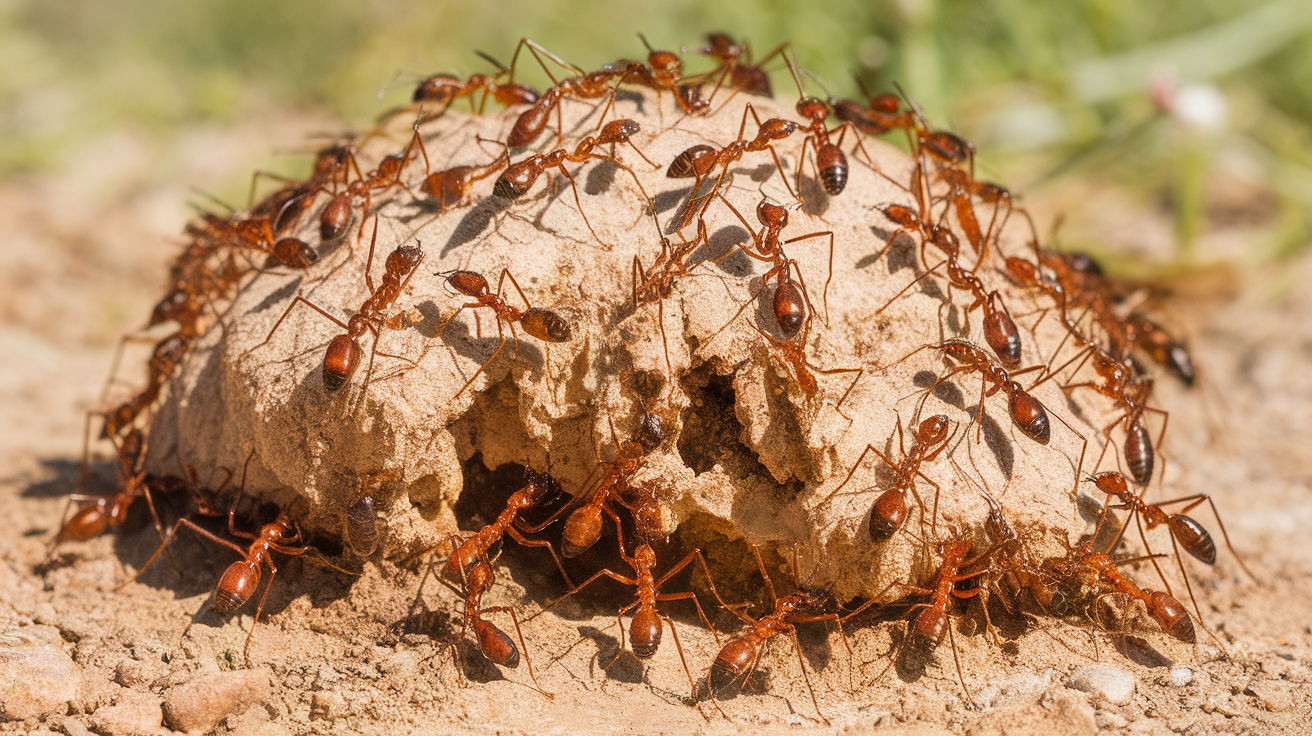
Fire ants are small, reddish-brown ants that build large mounds in the ground. They can sting and bite. Their stings are quite painful and can even cause allergic reactions in some individuals. Fire ants are very aggressive and work together in large numbers.
They attack fast when you step near their mound. They are found in many parts of the U.S., especially in the South. These ants are not only annoying, but they can also be dangerous. That’s why it’s a good idea to get rid of them as soon as you spot a mound in your yard.
Why I Chose a DIY Fire Ant Killer?
I used to buy sprays and powders from the store. They were expensive and full of chemicals. They smelled bad, and I worried about using them near kids or pets. I wanted something that was safer and more affordable.
So, I started trying homemade methods. I looked for things that were safe, cheap, and easy to mix. It took a few tries, but I found one that worked great. Now, I use this method every time I see fire ants, and it keeps them away.
What You’ll Need
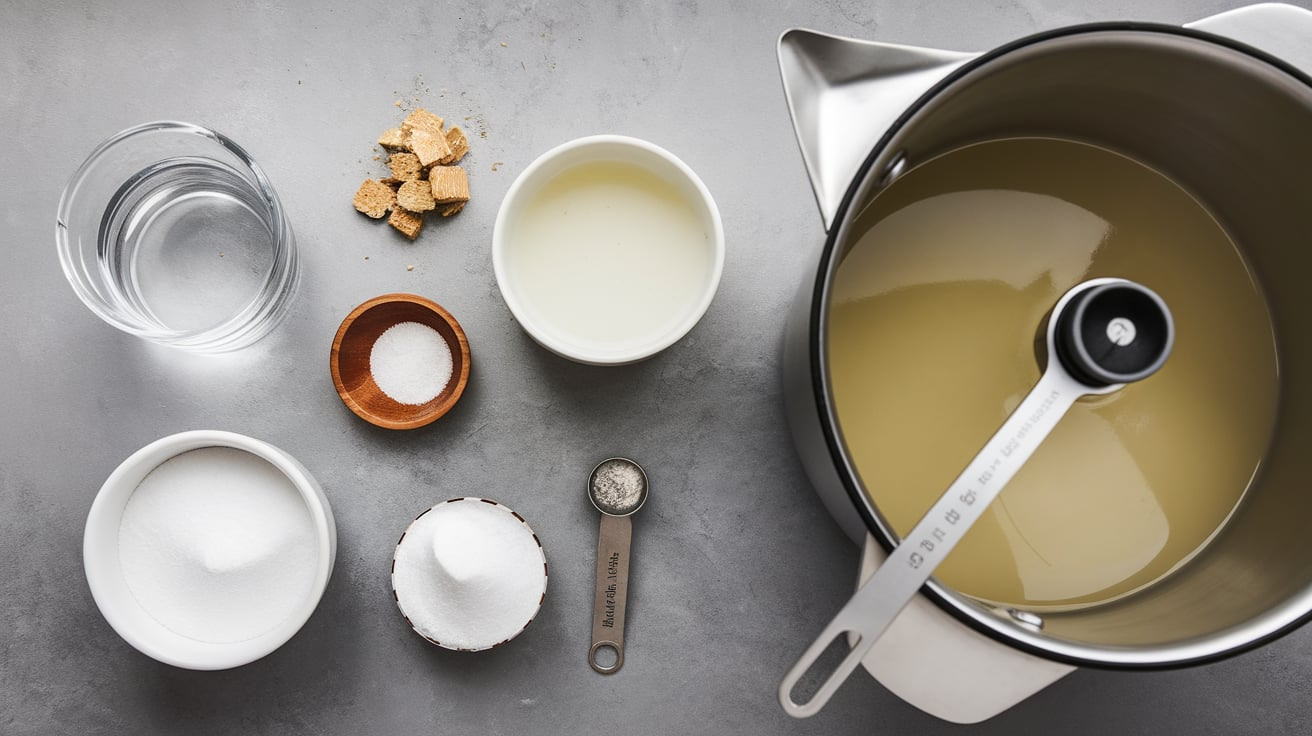
These are some basic items you’ll need for this fire ant killer. You probably have most of them in your kitchen:
- Warm water
- White vinegar
- Dish soap
- Baking soda
- Sugar (optional, for baiting)
- A container or spray bottle
- A stick or a spoon to stir
These simple items can kill fire ants without strong chemicals. They are safe to use around the yard.
Diy Fire Ant Killer: Step-By-Step Instructions
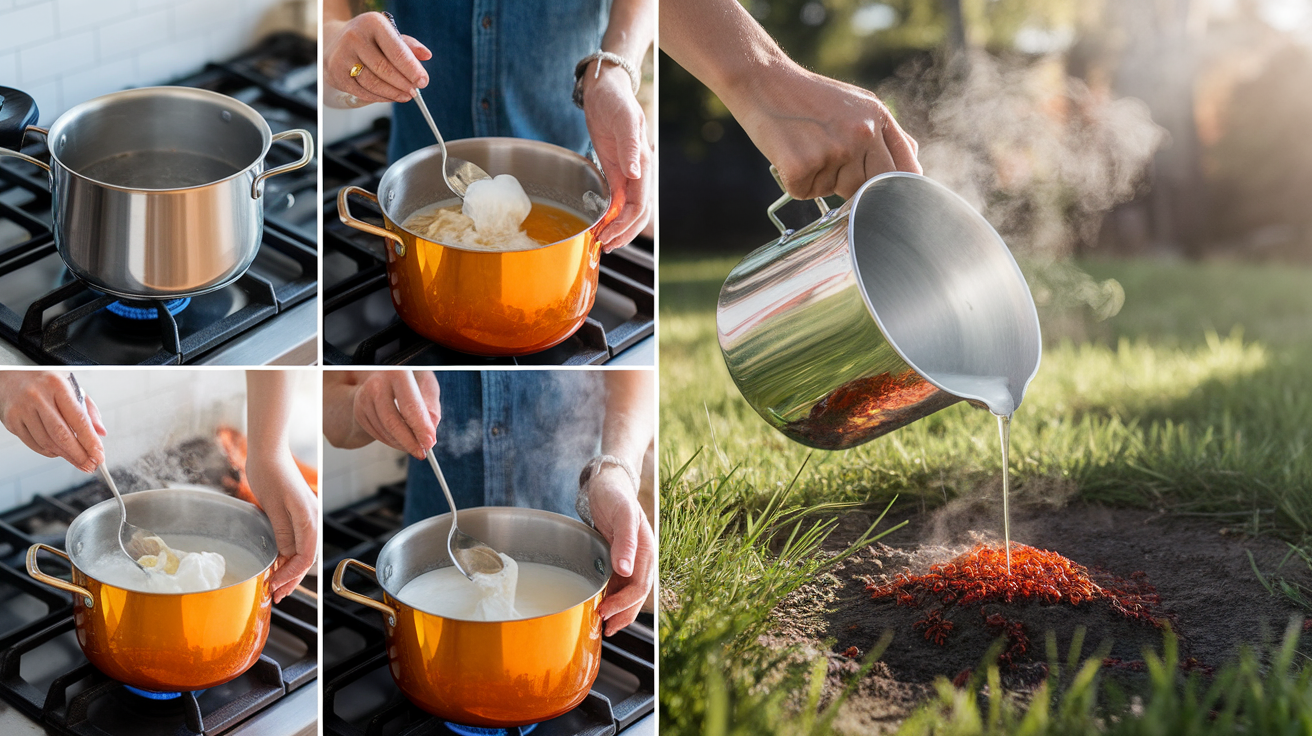
This method uses hot water, vinegar, and dish soap. It’s simple, low-cost, and made with items most people already have at home. Follow each step carefully. Be especially cautious with hot water.
Step 1: Boil the Water
- What to do: Boil 1 to 2 gallons of water using a large pot or kettle.
- Why it matters: The heat kills ants on contact. It also helps the mix soak deep into the ground, where the queen and the rest of the colony live.
- Safety tip: Use oven mittens and pour slowly. Keep children and pets away from the area while working with boiling water.
- Helpful hint: Use more water if the mound is big. A deeper soak is more effective than a quick splash.
Step 2: Add White Vinegar
- What to do: Add 1 cup of white vinegar to the boiling water.
- Why it matters: Vinegar breaks the ants’ scent trails and weakens their nest structure. It also helps keep other ants from returning later.
- Extra note: Apple cider vinegar can work, but white vinegar is stronger and usually cheaper.
Step 3: Add Dish Soap
- What to do: Mix in 2 to 3 tablespoons of regular dish soap.
- Why it matters: Dish soap helps the mix stick to the ants and breaks down their outer shell, making it easier to kill them. It also helps the water sink deeper into the mound.
- Pro tip: Use plain dish soap with no bleach or added chemicals.
Step 4: Stir the Mixture
- What to do: Carefully stir the hot mixture using a long spoon or a clean stick.
- Why it matters: Mixing helps combine the ingredients evenly so the solution works as well as possible.
- Safety tip: Do not lean too close to the pot. The steam is hot and may cause burns. Stir gently to avoid splashing.
Step 5: Pour the Mixture on The Fire Ant Mound
- What to do: Carry the hot mix to the fire ant mound. Pour it slowly and directly into the center of the mound.
- Why it matters: Pouring slowly lets the hot mixture soak deep into the nest where most ants live. The goal is to reach the queen and destroy the heart of the colony.
- Repeat if needed: If the mound is large or still active after 24 to 48 hours, pour a second batch. Some nests need more than one treatment.
Optional Step: Poke a Hole First
- What to do: Before pouring, gently poke a small hole in the top of the mound with a stick.
- Why it helps: This allows the liquid to go deeper into the center of the nest faster. Just poke once or twice, then pour right away before the ants react.
Optional Add-On: Baking Soda Boost
- What to do: Mix in 1 tablespoon of baking soda before pouring the mixture.
- Why it helps: Baking soda can react with the ants’ body systems and cause more harm; it’s a good extra step to add power to your treatment.
Why This DIY Mix Works?
This DIY fire ant killer is effective because each ingredient plays a crucial role. The hot water kills ants on contact and helps the mixture soak deeply into the mound, reaching the queen. White vinegar breaks up their scent trails and damages their nest, making it harder for them to rebuild.
Dish soap weakens the ants’ outer shell, causing them to die faster, and the mixture sticks to their bodies more effectively. If you choose to add baking soda, it causes a chemical reaction in the ants’ bodies that they can’t survive.
Each part of this mix works together to attack the ants in different ways, both right away and over time. That’s why this method can be so effective, especially when used more than once or along with bait for longer-lasting results.
How Often Should You Use It?
It depends on how bad the problem is.
- Small mound: One treatment might be enough.
- Large mound: Try two or three treatments, spaced out every few days.
- Recurring ants: Use the sugar bait in between treatments to kill hidden ants and queens.
Check the mound a day after treatment. If you still see ants, repeat the process. Be patient. Sometimes it takes a few tries.
What if It Doesn’t Work?
No method is perfect. Sometimes fire ants build deep nests or move to new spots. If your DIY method doesn’t work after three tries, try combining it with other ideas like diatomaceous earth or citrus peels. You can also try store-bought baits made from borax. Just make sure they are safe for outdoor use.
Other Natural Methods to Try

You can mix and match these other natural fire ant killers:
1. Boiling Water Alone: Pouring hot water right onto the mound kills ants fast. It won’t kill the queen every time, but it’s a quick fix.
2. Cinnamon: Sprinkle cinnamon on the ant trail. It blocks their scent path. They’ll get confused and stop coming.
3. Diatomaceous Earth (Food Grade): This powder cuts into their bodies and dries them out. Sprinkle it around the mound. Just don’t use it when it’s wet—it only works dry.
4. Citrus Peels: Grind orange or lemon peels and pour them into the mound with water. The oils can kill ants and smell great, too.
What Not to Do?
Avoid these common mistakes:
- Don’t pour cold water—it doesn’t work.
- Don’t use dish soap without water—it won’t reach deep.
- Don’t mix bleach or harsh cleaners. It’s not safe for soil or pets.
- Don’t expect instant results. Sometimes ants move and build a new mound nearby.
Stick to simple, safe steps. You’ll see results.
Is It Safe for Pets and Kids?
This DIY fire ant killer is much safer than many store-bought options. Still, be careful:
- Keep children and pets away from the treated area until it is dry.
- Store vinegar, dish soap, and baking soda out of reach.
- Don’t let pets drink from treated water.
If you use only the sugar and baking soda bait, it’s safe for most pets, but it’s still best to place it in a covered spot they can’t reach.
Keeping Fire Ants Away
Once you’ve taken care of a fire ant mound, your next goal is to stop them from coming back. Fire ants often return to the same area if they find what they need, like food, water, or shelter.
1. Keep Your Yard Clean
Fire ants are always on the lookout for food. If your yard has crumbs, pet food, or open trash, they’ll be quick to move in. After eating outside, make sure to pick up all leftover food and clean the area.
Bring pet food bowls inside after your pets are done eating. Don’t leave trash bags or open bins lying around. Ants can smell food from far away, so even small messes can attract them.
2. Remove Standing Water
Fire ants need water just like they need food. If they find puddles or damp spots, they’ll likely build nearby. Water often collects in toys, buckets, or plant trays after it rains.
Remove any standing water from your yard. Fix leaky outdoor faucets or hoses. Try to level out places where water collects. A dry yard makes it harder for fire ants to settle in.
3. Cut the Grass and Trim Plants
Overgrown lawns, thick weeds, and tall grass are perfect hiding places for fire ants. These areas are warm and moist, making them ideal for building nests.
Mow your grass often to keep it short. Trim back bushes and shrubs so ants have fewer places to hide. Pull weeds around trees, fences, and garden beds. A tidy yard is less inviting to ants.
4. Seal Up Cracks and Gaps
Fire ants don’t always stay outside. They can get into sheds, garages, or even homes through small cracks and holes. Once inside, they can be hard to remove.
Check around doors, windows, and walls for tiny openings. Use caulk to seal cracks, and install door sweeps if there’s space under your doors. Keeping these spots closed helps keep fire ants out for good.
Conclusion
Dealing with fire ants can be stressful, but it doesn’t have to be expensive or dangerous. With just a few common household items, such as hot water, vinegar, and dish soap, you can create a fire ant killer that really works.
It’s simple to mix, easy to use, and much safer than many store-bought products. You don’t need special tools or skills to do this at home. Follow the steps carefully, pour slowly, and check back after a day or two.
The best part is that, once you know how to do it, you can treat mounds quickly anytime they appear. You can also prevent ants from returning by keeping your yard clean, dry, and well-maintained.
Ensure that you seal cracks and store food properly. A few small changes can keep your space ant-free for a long time. Don’t wait for the ants to spread. Try this homemade method and take control of your yard today. It really works.


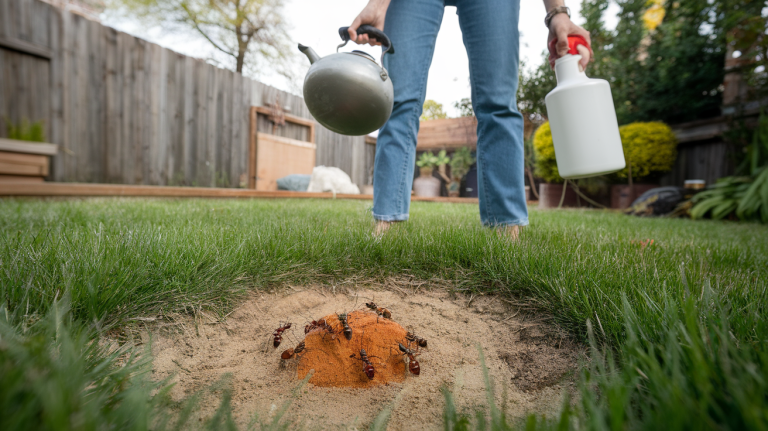



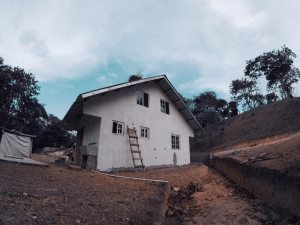





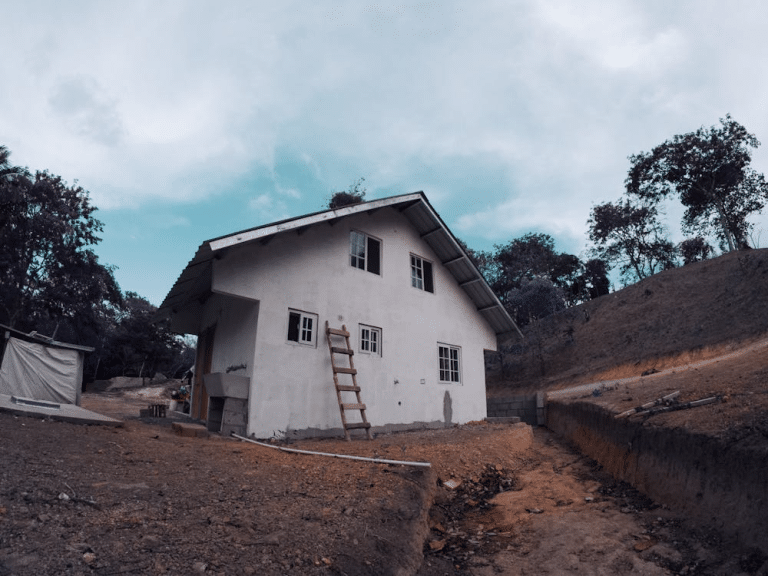

One Response
I just love that you say on there “why it matters” thank you for that!!! I have 3 acres and I am continually battling fire ants, wasps, mosquitos, spiders and this year I have scorpions coming in the house about 2-5 per week. Out of all the places that I’ve looked at I I like yours the best.